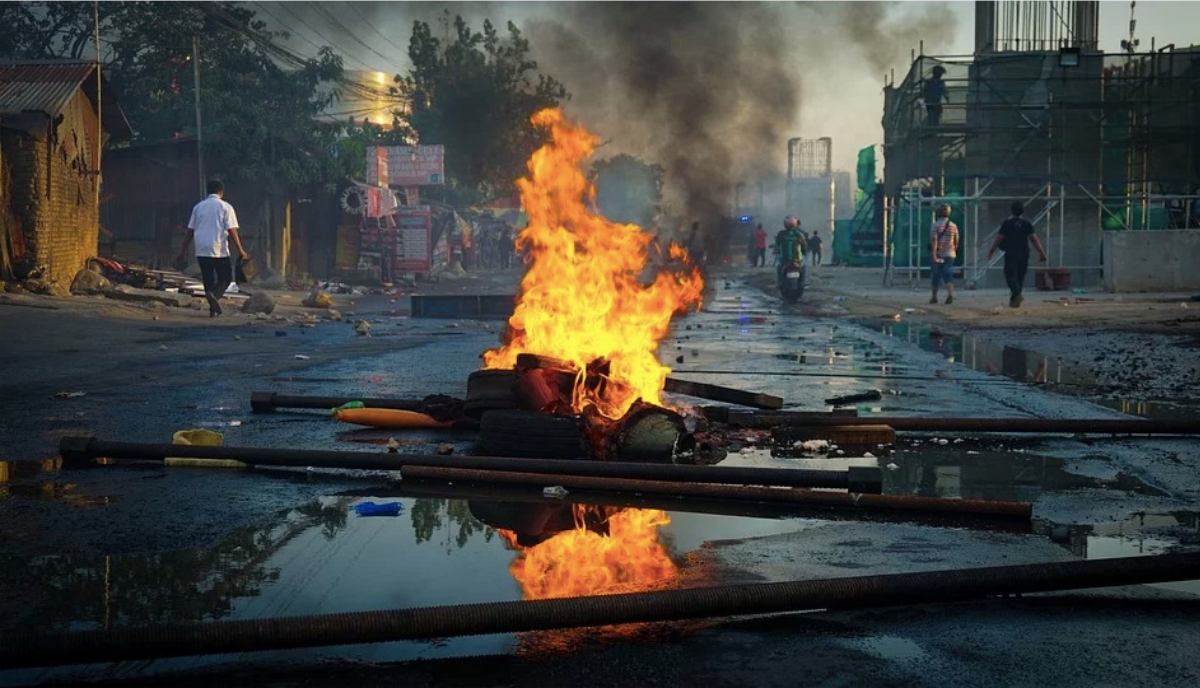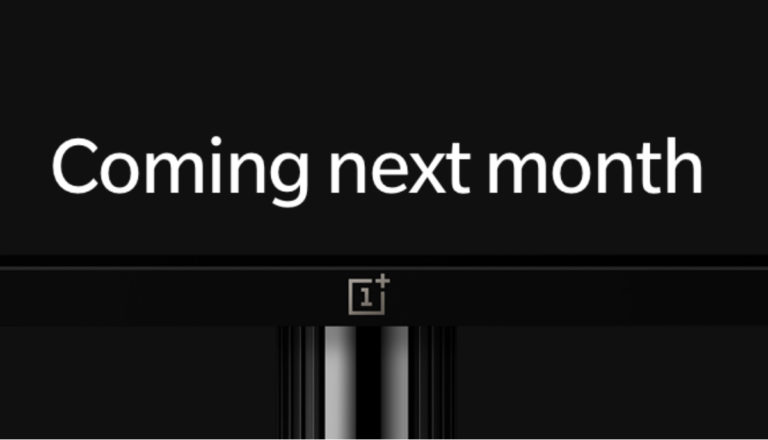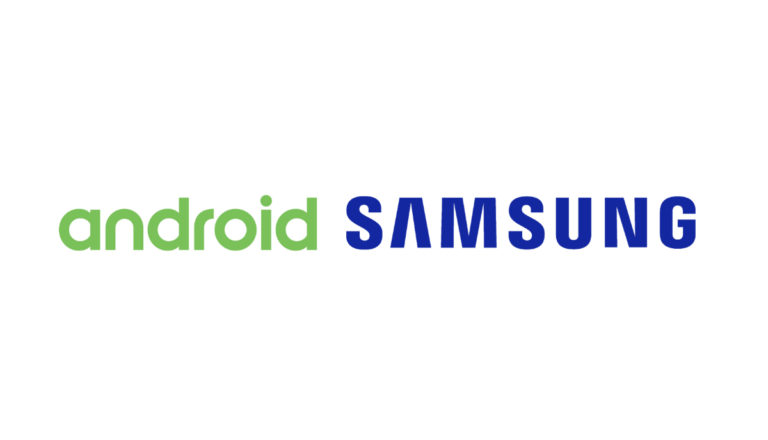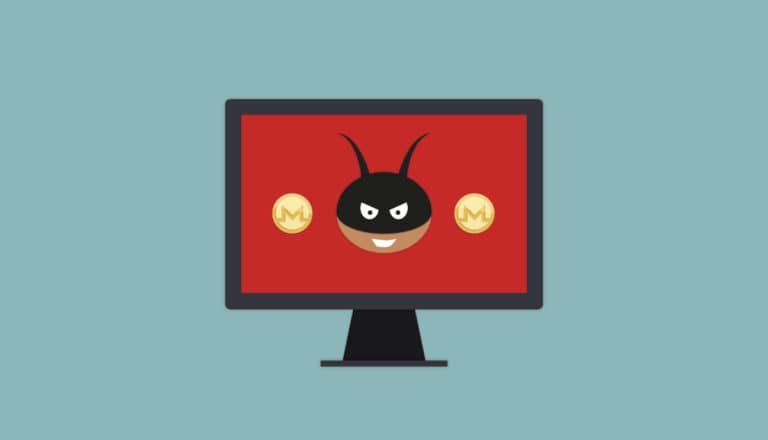Facial Recognition With 1% Accuracy Used To Identify 1,100 Delhi Rioters

Amit Shah, home minister of Narendra Modi-led Indian government, claimed to have identified over 1,100 individuals in the recent Delhi riots with the help of facial recognition technology.
Last month, the capital of India witnessed intense violence between two ethnic groups — Hindus and Muslims, which resulted in the death toll of 53 people and injuries to hundreds.
In a Parliamentary assembly held yesterday, Amit Shah said a facial recognition system was deployed during the Delhi violence and evidence-based on the videos, “makes it clear that this was a deep conspiracy.”
For all we know, the Indian government has fed images from Aadhaar cards, driving licenses, and “other databases” in a facial recognition system to identify the rioters. Aadhaar cards are 12-digit unique identification numbers that are used by billions of Indian residents.
“This is a software. It does not see faith. It does not see clothes. It only sees the face, and through the face, the person is caught,” Shah told the assembly.
The problem with Facial Recognition in India?
What Amit Shaf referred to is an Advanced Facial Recognition Software (AFRS) developed by an Indian-startup INNEFU Labs. Delhi Police first deployed the system, back in 2018, to identify missing children involved in involuntary prostitution and human trafficking.
However, there have been criticisms around the system, not only concerning the violation of user’s privacy but also about the precision of the system.
Previously, the Internet Freedom Foundation, a digital rights advocacy group, said that the facial recognition system only had an accuracy level of 1 percent. While trying to identify the missing children, it “failed to distinguish between boys and girls.”
ICYMI, facial recognition technology was first acquired by the Delhi Police to identify missing children. In 2019, the system had an accuracy rate of 1% and it even failed to distinguish between boys and girls.https://t.co/OExZnQv1BD
— Internet Freedom Foundation (IFF) (@internetfreedom) March 11, 2020
Tarun Wig, who is behind the project, told News18 that the capability of the tool depends upon what it has been fed. “This is under the discretion of the customer, and if they want, they can even take data from Google, Facebook, and other public sources, and ingest it into the system to recognize the faces.”
Interestingly, there are no clear laws around the use of facial recognition in India. In a related instance, Chaayos, a popular cafe-chain in India, was accused of using facial recognition tech without users’ consent.






